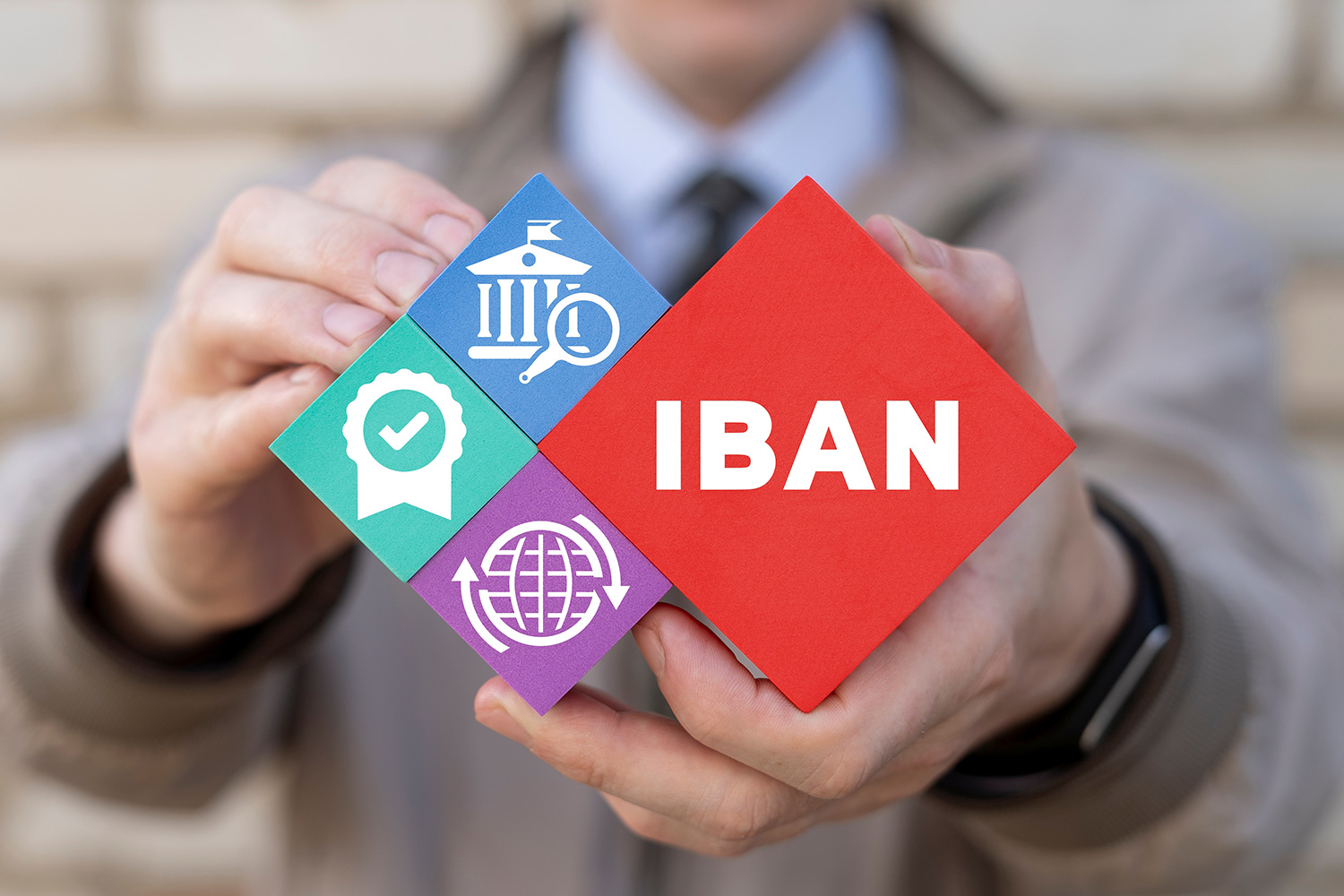

In today’s globalized world, cross-border payments have become an essential aspect of international trade and commerce. However, the existing clearing systems and processes for cross-border payments often lack interoperability, leading to delays, inefficiencies, and increased costs. Interoperability is crucial for ensuring smooth, secure, and efficient transactions between different clearing systems.
Understanding Cross Border Payments Interoperability
- Cross-border payments interoperability refers to the ability of different payment systems, platforms, clearing systems & networks to work seamlessly with one another across national borders, enabling the efficient and secure transfer of funds between individuals, businesses, and financial institutions from different countriesin a standardized and efficient manner. It allows a smooth flow of funds and information across borders, reducing friction and facilitating international transactions.
- Achieving cross-border payment interoperability requires collaboration between payment and clearing systems, networks, and financial institutions. It involves adopting common standards and protocols, improving infrastructure, and enhancing regulatory frameworks to ensure that cross-border payments are secure and efficient.
Benefits of Interoperability
1.Seamless Transactions:
Interoperability enables smooth and frictionless cross-border payments by allowing different payment systems and networks to communicate and transact with one another. It eliminates the need for having multiple intermediaries and complex routing processes, streamlining the transaction flow, and reducing processing times.
2.Enhanced Efficiency:
Inteoperability eliminates manual intervention, reduces redundant processes, and streamlines transaction flows. It enables automated settlement, reconciliation, and reporting, leading to faster payment processing and reduced settlement times, enhancing efficiency across the transaction life cycle.
3.Cost Savings:
By promoting interoperability, clearing systems can eliminate the need for multiple intermediaries, which often results in higher transaction costs. Streamlined processes and reduced manual intervention leading to cost savings for banks and financial institutions.
4.Increased Transparency:
Interoperability fosters greater transparency in cross-border payments by providing real-time visibility into transaction status, fees, and foreign exchange rates. This transparency reduces the risk of errors, disputes, and fraud and enhances trust among participants.
5. Improved access to financial inclusion:
Interoperability opens doors to previously underserved regions and markets. It enables smaller banks and payment service providers to connect with global clearing systems, expanding their reach and facilitating financial inclusion.
Overall, interoperability in cross-border payments brings numerous benefits, such as cost reduction, faster transactions, increased transparency, and expanded financial inclusion. By fostering seamless connectivity and collaboration among payment systems, interoperability contributes to international trade and finance growth.
Challenges to Achieving Interoperability:
There are multiple challenges to achieving interoperability. Technical challenges usually comprise systems that use different technical standards, communication protocols, and related software and hardware infrastructure, other challenges are related to data and semantics, and there are also legal and commercial challenges to achieving interoperability.
Some of the significant challenges around interoperability are:
1.Standardization:
Different clearing systems may operate on diverse protocols, messaging formats, and data standards. Achieving interoperability requires establishing common standards and protocols that enable seamless communication and data exchange across platforms. Adopting standardized messaging formats, such as ISO20022, is crucial in achieving interoperability.
2.Regulatory compliance:
Cross-border payments involve adherence to various regulatory frameworks and compliance requirements. Ensuring interoperability while complying with different regulations can be complex and requires coordination among multiple stakeholders.
3.Data Security and Privacy:
Interoperability raises data security and privacy concerns, as different systems must exchange sensitive information. Establishing robust security measures, data protection frameworks, and secure communication channels is critical to addressing these concerns.
4.Stakeholder Collaboration:
Achieving interoperability necessitates collaboration among banks, payment service providers, clearing houses, regulatory bodies, and technology providers. Collaboration efforts should focus on establishing common standards, developing interoperability frameworks, and addressing technical and operational challenges.
While international interoperability comes with a few challenges, overcoming them is possible with the support of regulators, global schemes, and a compatible business model across international borders and technology. Interoperability can also be challenging when dealing with legacy systems. Cross-border payments face four challenges, high cost, low speed, limited access, and insufficient transparency. These challenges arise from a series of frictions, including fragmented and truncated data formats, complex processing of compliance checks, limited operating hours, legacy technology platforms, long transaction chains, and high funding costs.
Legal, technical, and commercial changes are necessary for several areas to overcome these frictions, improvements in existing payment infrastructures and arrangements (e.g., operating hours, participation requirements, funding, and interlinking arrangements), and harmonization of market practices and standards (e.g., messaging standards) are required to make this happen.
There are ongoing projects to relieve the traditional cross-border payment system of some of these frictions, such as introducing a common messaging standard. However, such improvements on an already existing and complex structure can be costly and complicated.
Recent Developments
Instant payment systems (IPS) launched in different markets have been at the forefront in delivering significant benefits to end users and regulatory bodies alike, with substantial growth in adoption worldwide boosting digital economies. There are initiatives undertaken by the Central Banks of different countries collaborating to establish interoperability of fast payments by connecting their respective IPS systems. This initiative aims to achieve several significant outcomes, such as reducing transaction costs for cross-border payments in the respective regions. Moreover, it has broader objectives encompassing the promotion of inclusive growth, facilitation of cross-border trade, investment, financial deepening, remittance, tourism, and other economic activities.
CBDCs can also help to enhance cross-border payment interoperability in various ways. First, as with any new system, one key advantage of retail and wholesale CBDC is the opportunity to start with a “clean slate.” CBDC is new to all, and those central banks who choose to explore one must go through design and development phases. This provides an opportunity for central banks to take the cross-border dimension into account when designing their domestic CBDCs. For example, CBDC infrastructures could be made available 24/7, allowing for instant cross-border settlement and overcoming mismatches of operating hours between different jurisdictions.
Conclusion
Achieving interoperability in cross-border payments requires collaboration, standardization, and the establishment of technical and regulatory frameworks, such as having standardized messaging formats and harmonizing technical specifications, data structures, and protocols which will enable seamless communication and processing between diverse systems.
Interoperability In clearing systems for cross-border payments is essential for facilitating seamless and efficient cross-border transactions. By overcoming the challenges of standardization, regulatory compliance, data security, and stakeholder collaboration, the financial industry can unlock the benefits of interoperability, including increased efficiency, cost savings, transparency, and improved access to financial services.
Also, continued efforts to promote interoperability will contribute to the growth of global trade and economic development while enabling individuals and businesses to transact across borders easily.
Vikram Menon

Popular BLOG

November 12, 2025
Why Does the US Dollar Hold the Key to Global Exchange Rates?

October 31, 2025
Best Time to Send Money From UAE to India

October 10, 2025
How to Identify Fake Money Transfer Scams

September 25, 2025
The Ripple Effect: When Everyday Choices Echo Far & Wide

October 6, 2025
WPS in UAE: Everything Employers and Employees Should Know

September 19, 2025
How AI Will Impact Money Transfer in the Future

September 10, 2025
What is IBAN Number? How to Find & Use IBAN

September 2, 2025
What Is a SWIFT Code and Why Do You Need It?

August 25, 2025
World Currency Symbols, Explore All Country Currency Symbols

August 7, 2025

